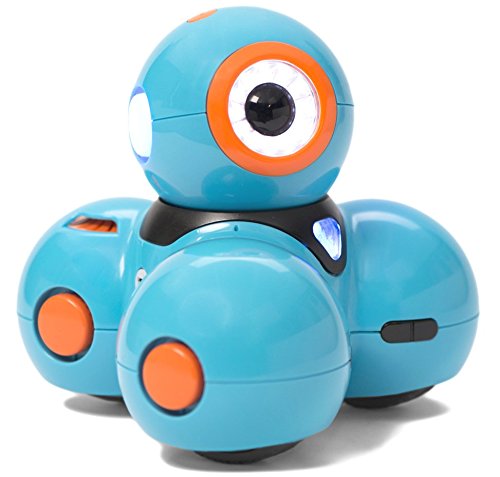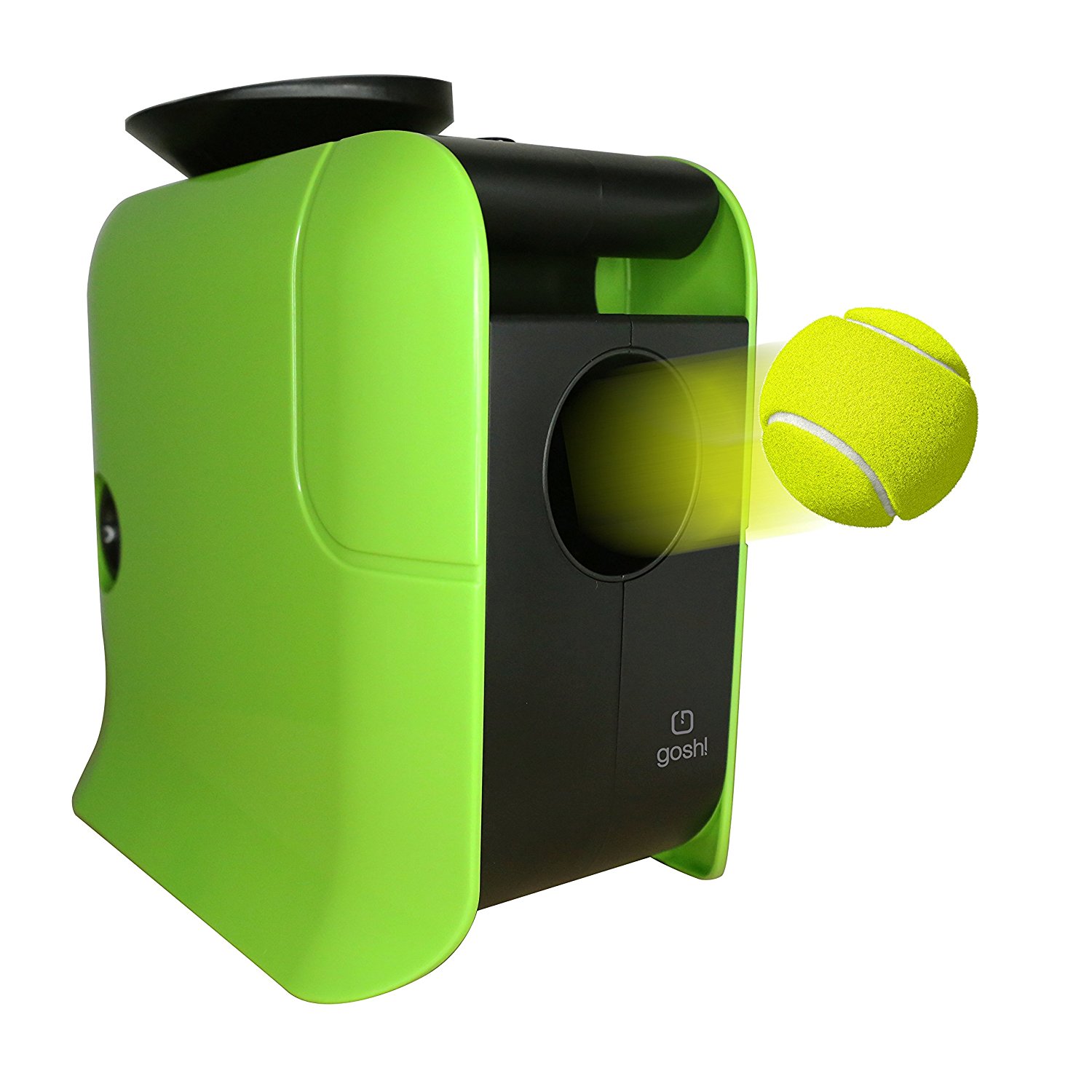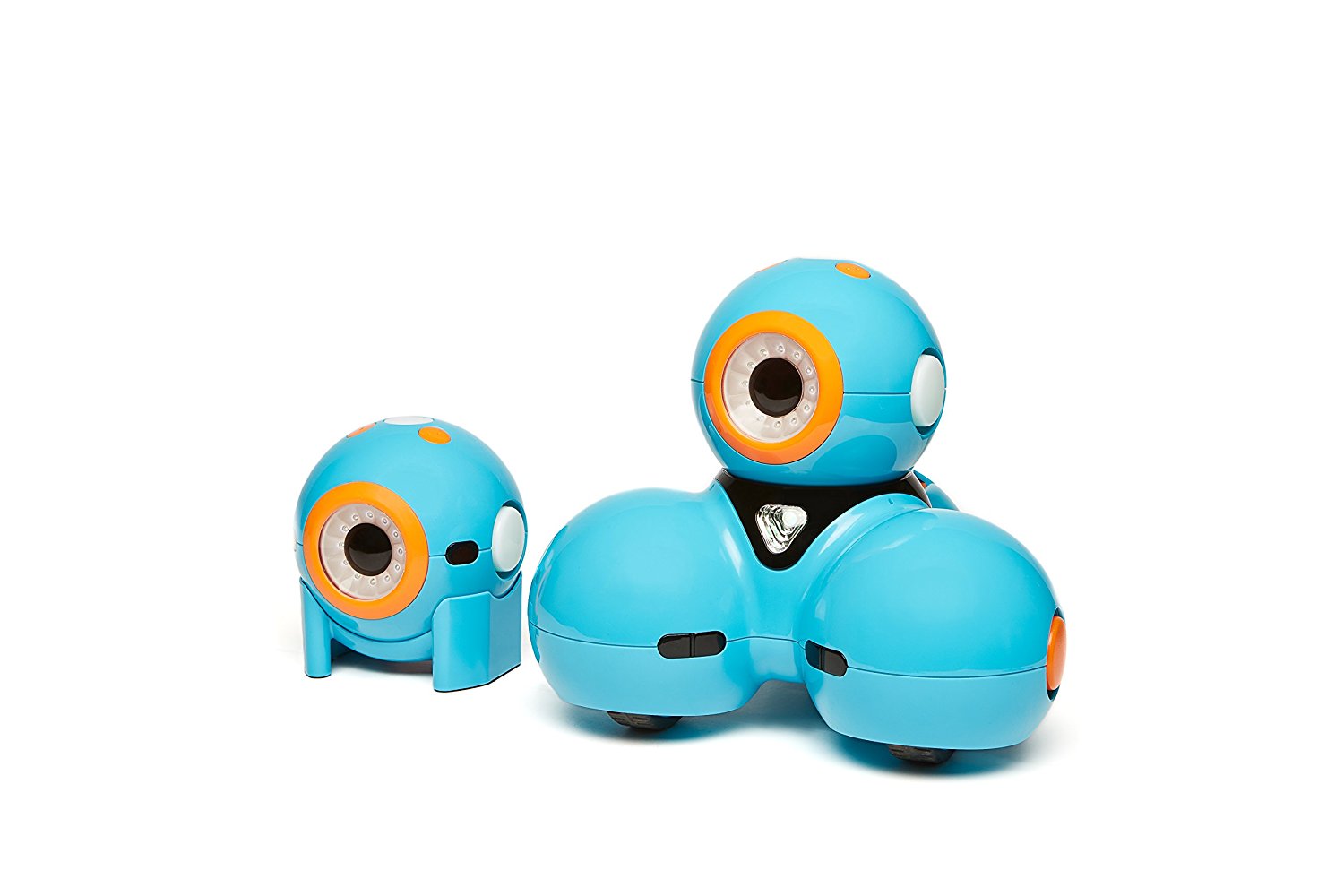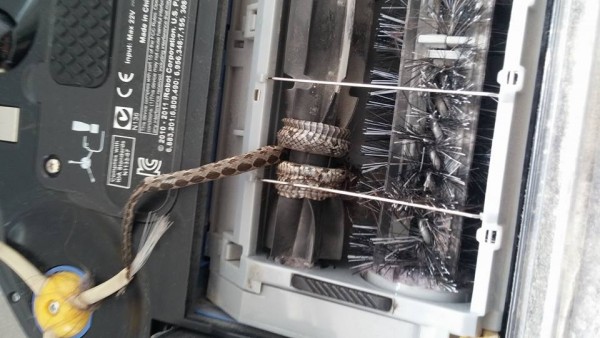It takes a lot of time and patience to recover from a stroke, but scientists are looking to accelerate that process with the help of a robotic glove.
Researchers at University of Hertfordshire are looking to bring together robotics and game elements in a project called SCRIPT – Supervised Care and Rehabilitation Involving Personal Tele-robotics. In partnership with San Raffaele S.p.A., the scientists have developed a series of devices to help with stroke recovery totaling not less than €4.6 million.
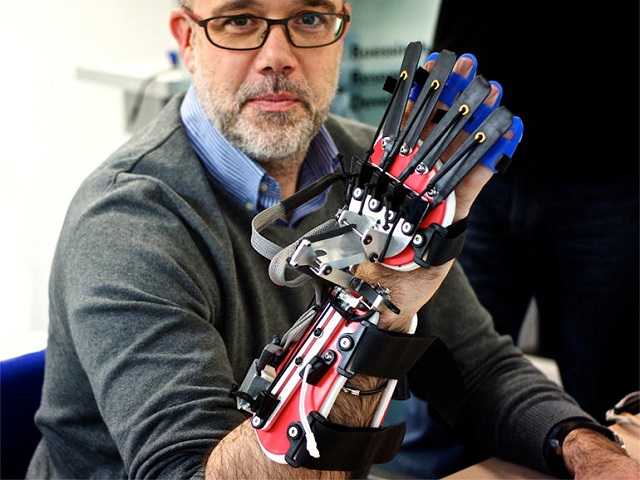
“This project focused on therapies for stroke patients at home. Our goal was to make motivating therapies available to people to practise at home using this system, hoping that they have a vested interest to practise and will do so,” pointed out Dr Farshid Amirabdollahian, senior lecturer in adaptive systems at the University’s School of Computer Science and expert in rehabilitation robotics and assistive technologies. “We tried this system with 30 patients and found that patients indeed practised at home, on average around 100 minutes each week, and some showed clinical improvements in their hand and arm function.”
The two devices that were created as part of the SCRIPT project look very much like a glove, in that they attach to the hand, wrist and forearm and have elements that correspond to each individual finger. With the help of game software, stroke patients are motivated to move their hands, fingers and wrists. Needless to say, the more they move the affected parts, the quicker the recovery takes place.
Three games have been developed for the project, and each one of them focuses on different moves. Bending, moving or flexing the wrist leads to certain actions in the game, and attaching some virtual goals to the recovery seems to help with the motivation of the patients. The fact that patients concentrate on achieving some goals instead of looking exclusively at their hands while moving them seems to have a positive influence, as well. The included videos exemplify how rehabilitation robotics could help stroke patients recover their motor function at home, in a pleasant way.
The team behind the devices admits that there’s still a lot of room for improvements, and once they’re happy with the robotic glove, they’ll seek funding for producing a commercial version.
Be social! Follow Walyou on Facebook and Twitter, and read more related stories about MIT’s Robotic Grasp that provides you with a few extra fingers, or the Dexmo F2 haptic exoskeleton.


